Genghis Khan and His Mongol Army
Whenever the most destructive and deadly military force in history is asked to be named, Mongols definitely rank near the top. Cutting-edge technology and tactics combined with sheer brutality made them the most dreaded military force of the day.
To imagine how the world must have seen the Mongols back then, imagine a modern-day army with American technology level, ruthlessness of the Nazis and manpower of the entire East Asia to back them, led by a megalomaniac tyrant with absolute sway over his warriors. Not a very cheerful image?
Well, that is precisely the same thing Medieval kings of Middle East and Europe felt about Mongols.
The Rise of the Mongols
The Mongols were merely another society of tribal nomads in East Asian steppes before 13th century. A clan-based society like most equivalents, Mongols were constantly involved in endemic warfare. Military campaigns were largely limited to cattle raiding and skirmishes between neighbouring tribes. All that changed with the rise of Genghis Khan.
Borjigin Temujin was born in 1162 as the son of a tribal chief. After his father's assassination, Temujin would spend his childhood in poverty as other families usurped his father's place, at one time even being enslaved by the enemies of his family.
His noble background and knowledge about Mongol tribal politics eventually allowed Temujin to rally supporters and through alliances and a good share of violence unite the warring Mongol tribes.
In 1204, Temujin would become the khan of all Mongols, taking up the name and title of Genghis Khan.
Genghis Khan was not contented with the thus-far insignificant status that the newly-united Mongol state commanded on global scene. However, to forge an empire, a powerful army was necessary, so Genghis would put his accumulated military skills and experience to forge the most powerful and efficient fighting force of the Middle Ages.
A Modern Day Army with Medieval Weapons
Rather than trying to think up something entirely new, Genghis would simply improve on what he already had - the Mongol warriors and their current skills.
The Mongol warrior was highly suited for mobile warfare, a necessity in the vast Asian steppes. Since horses were the only form of high-speed transport in existence, and Mongol children would start learning to ride almost as soon as they learned to walk, every Mongol warrior was obviously an excellent horseman.
Since Mongols would often have to hunt for food, most were also proficient archers. Combining these two skills resulted in a highly mobile army that could strike from afar. Mongol horse archers were in fact so mobile they could travel up to 100 kilometers a day - a rate surpassed only by German panzer divisions in WWII.
Organization was where Genghis Khan could really innovate. He was arguably the first leader to create squad-level units of 10, which were organized into groups of 100, which were in turn organized in groups of 1000 men, a system roughly equivalent to modern structure of companies, regiments and divisions. Each group was accountable exclusively to their superior officer.
Discipline was enforced very harshly - for acts of cowardice, negligence or desertion, the entire unit of the offender was punished by death. If a unit of 10 deserted, the whole company of 100 would be beheaded. Punishments and rewards alike were awarded strictly by merit - noble blood would confer no advantage or privileges, and a capable commoner was indeed able to eventually earn the rank of a general.
Overall, it was a modern army in the Middle Ages.
The new army was first put to test in Northern China with great success. The influx of Chinese technological expertise would allow Mongols to even further improve their combat abilities, as Chinese engineers would now provide their know-how on advanced siege engines and exotic weapons like gunpowder grenades and rockets.
Equipment
After conquering Northern China, the standard equipment of the Mongol warrior became more or less set. The primary weapon of every Mongol was the Mongol Composite Bow.
Crafted from gluing together layers of wood and horn and strung with sinew, this bow was extremely powerful, capable of achieving ranges up to 650 meters (although the practical effective range was much smaller, about 200-300 meters) - twice the range of the famed English longbow. At the same time, the Mongol bow remained reasonably small to be easily used from horseback.
Considering that the very lifestyle of Mongols ensured they had horsemanship and archery skills in spades, this made the Mongol bow the assault rifle of its day.
The second most important part of a Mongol's gear was his horse. Mongol horses were small, sturdy and famed for their endurance and meager nutritional demands. A warrior on a campaign would bring 3 to 4 horses along to quickly change rides whenever his current mount needed a rest. These horses could also serve as emergency rations if food stocks were low.
Mongols were known to be able to ride sometimes for days on end. One of the reasons behind the power of their armies was excellent communication that this universal use of horses enabled - mounted messengers would relay the message to others stationed at every 100 kilometers.
Gengis Khan organized an entire service of messengers, which at the heyday of his empire, could deliver a message from Eastern Europe to China coast in less than a month, a considerable rate for land-based transport even today.
Every warrior would wear a suit of lamellar armor, composed of many small metal plates bound together with rings and/or riveted to a fabric base. The real secret of Mongol armor was added with the conquest of China - a silk undercloth. Silk is a notoriously strong natural fiber, used even in modern bulletproof vests of some models.
An arrow impacting on such an armor could penetrate the metal plates, but could not entirely pierce the silk, instead pushing it into the wound. The stricken warrior could therefore easily remove the arrow and continue battle or at least withdraw to safety without the risk of bleeding to death.
Gunpowder was another powerful tool obtained from the Chinese. Mongols were known to use primitive hand grenades and rockets in sieges. An uncommon but documented variant was the explosive arrow - a clay grenade bound to an arrow.
Shock and Awe
What doubled the Mongol effectiveness on battlefield was their extensive use of psychological warfare. Genghis Khan is said to have instructed his warriors on one occasion to light 5 campfires each instead of the usual one, so that the army appeared much bigger to enemy observers at night.
On other occasions, Mongols would drag branches behind their horses to kick up large clouds of dust for the same effect of making the army look bigger. Small unit infiltration, ambushes and ruses were also commonly used.
Mongol army was a multinational force - men of conquered nations were pressed into service (or often volunteered for the potential rewards that a successful campaign could offer) and used for their knowledge of local terrain, languages and customs.
Shock & awe is what best describes the swift and merciless Mongol attacks, which were something between a war of conquest and a mass migration, with a hefty share of genocide added just for good measure. Genghis Khan, unlike certain modern leaders, however was none too keen on winning the enemies' hearts and minds, and instead favored a more simple approach - those, who surrendered and became his vassals without battle were spared, while those who resisted were slaughtered to the last.
As the Mongols earned their fearsome reputation, many cities indeed surrendered voluntarily to escape the otherwise inevitable massacre.
Despite his legendary brutality that is estimated to have cost 40 million people their lives, Genghis Khan was not entirely a bloodthirsty tyrant. Mongols would, for example, practice religious tolerance, a thing relatively unheard of in Europe and Middle East at the time. Likewise, a capable man could earn rank and standing in the Mongol Empire regardless of his nationality.
Even the fabled Mongol yoke was somewhat relative - in most locations, their rule was limited to collection of annual tributes and conscription in the army.
All this, of course, was done not out of humanitarian concerns, but purely pragmatic reason - to keep subjects from rebelling. Genghis Khan wanted to make a clear statement that loyalty and honest service will be rewarded, while rebellion will be crushed without mercy.
While indeed fearsome and capable of defeating any other military forces, Mongol army too wasn't without flaws. The widespread use of horses, the key to Mongol mobility, was also it's weakness - much like German mechanized divisions needed ample oil, Mongol armies needed vast grasslands to fuel their transports.
While the steppes and plains of China and Central Asia could feed the thousands of horses that Mongol warriors brought along, the same wasn't true for the forests of Eastern Europe. So while some historians believe that Europe only narrowly escaped total conquest by Genghis Khan's grandson Batu Khan, the fact that the borders of Mongol Empire roughly coincide with the location of large plains suitable for cavalry operations proves otherwise.
Ultimately it was not rebellion or external conquest that destroyed the mighty Mongol empire, but the Mongol custom of gavelkind, dividing the titles and lands equally between all sons.
Genghis Khan would split his mighty empire among his sons, whose descendants would eventually begin to quarrel among each other until their might was eclipsed by new powers emerging in the West.
Source(s)
Gutenberg - The History of Genghis Khan
The Mongol Conquest
The Mongol Warrior

Increasing the Visibility of Original and Engaging Content
Like @Curie? Support by voting Curie as Witness! https://steemit.com/~witnesses
Join us in Discord https://discord.gg/G6RPUMu
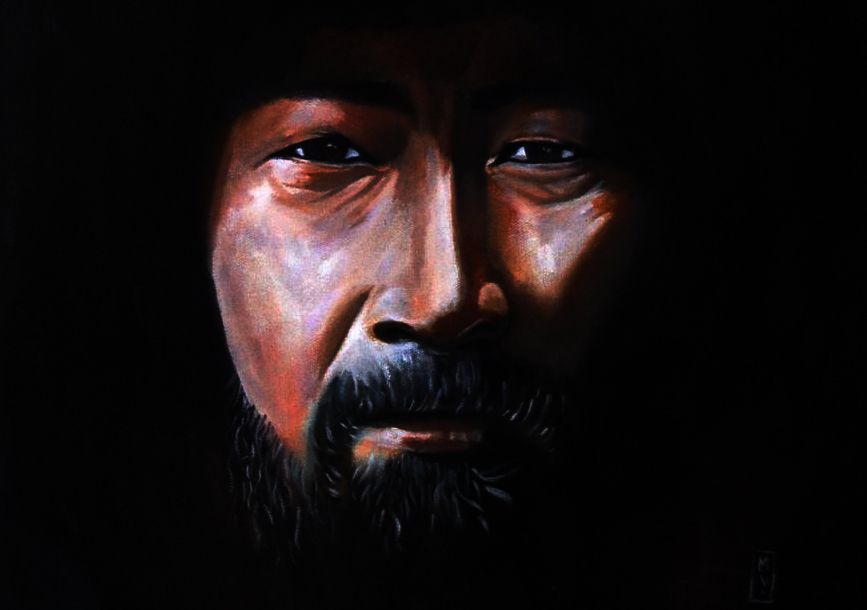
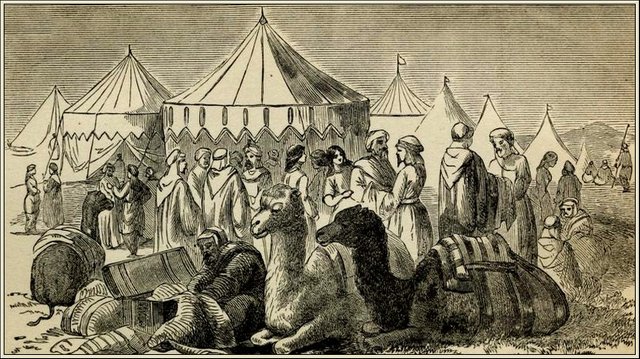

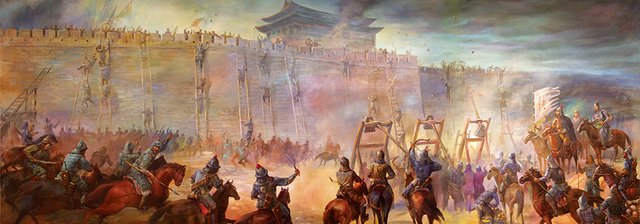
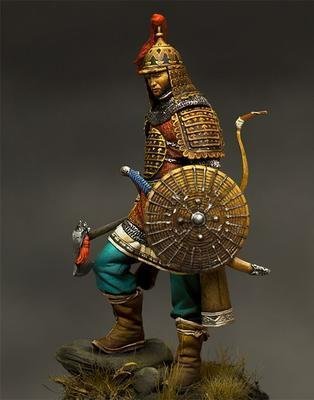
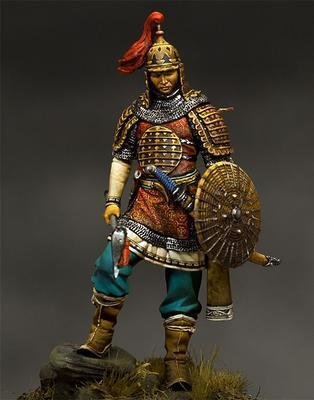
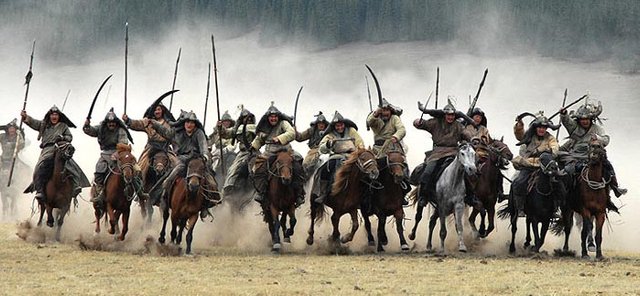
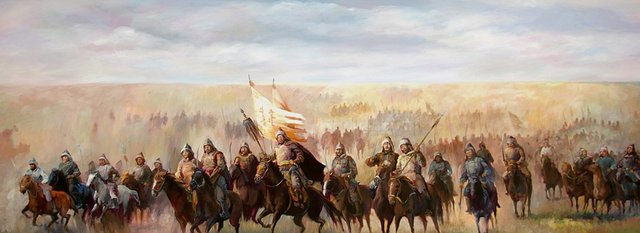
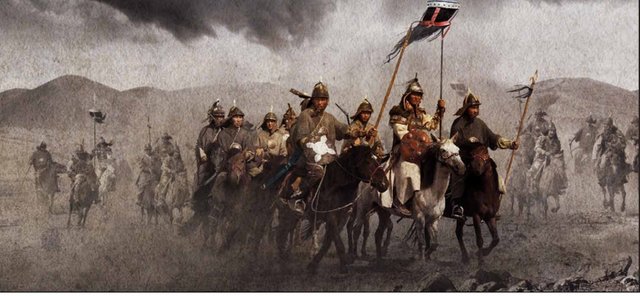
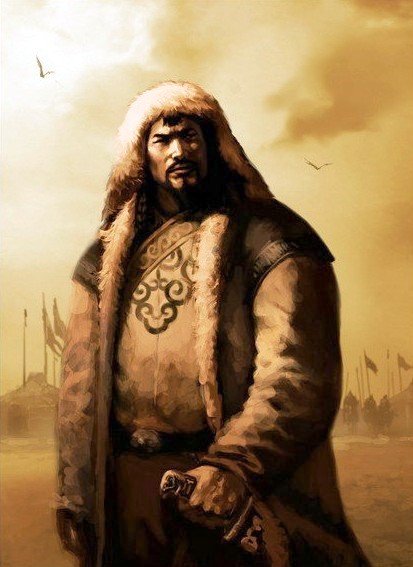
Great! The Mongols were one of the greatest warriors before with Gengis Khan. His influence and power had even reached to some Kingdom in Indonesia before. Their Cavalries and great horses were their main asset in winning major battles and even ruled the Northern part of China , as far as I could recall in my major. Great job👏
Thanks @zam398 :)
I learnt something reading this. Mainly the armour and equipment they used. Thank you.
@izzynoel, yeah, their equipment are really interesting :)
I’ve always been fascinated by the history of the mongols army and Genghis Khan. I think I first heard of him in The Shadow (1994) and last in Mongol (2007).
I enjoyed the read, thanks
I recently saw the movie Mongol, it was really nice though it only showed the early life of the great Khan. Hope there will be another movie about his real rise to power. Netflix's Marco Polo is more on Kublai..
That would be nice.
Can’t remember if I watched Marco Polo yet
You should check it.
Looks interesting thanks
Hi steemian Good history bro
@romiyulianda
You have been upvoted by the @sndbox-alpha! Our curation team is currently formed by @jeffbernst, @bitrocker2020, @jrswab & @teachblogger . We are seeking posts of the highest quality and we deem your endeavour as one of them. If you want to get to know more, feel free to check our blog.
I was summoned by @wdoutjah. I have done their bidding and now I will vanish...
A portion of the proceeds from your bid was used in support of youarehope and tarc.
Abuse Policy
Rules
How to use Sneaky Ninja
How it works
Victim of grumpycat?
https://www.waytomongolia.com/